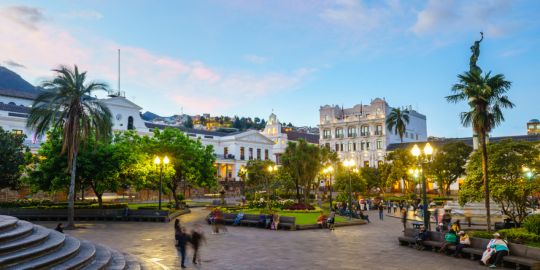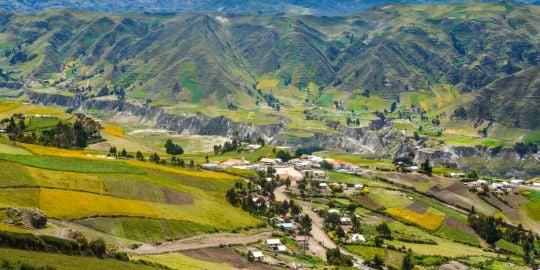Electrical power outages lasting up to
three hours each may be expected
through the rest of December according to
the Ministry of Energy.
The outages are the result of low water
levels in Ecuador's rivers and allegedly
poor preparations by the just-ended
Lasso Adminiistration.
The new administration says the outages
will not have to be imposed during the
Christmas and New Years weekends.
Credit www.cuencahighlife.com









